June 22-23, 2018
Alaska Highway, Milepost 300
We were barely out of Dawson Creek when an oncoming truck threw a rock that shattered the windshield in front of the driver’s seat. Glass splinters covered Dave and reached as far into the coach as the kitchen. There is no question of repair; the insurance company will arrange for the installation of a new windshield somewhere in Alaska.
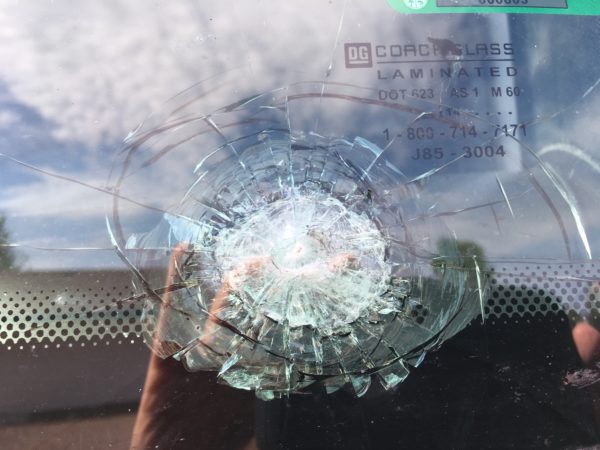
The insurance company wanted to know if this damage was bigger than a dollar bill. Yep!
Fort Nelson, located in the northeast corner of British Columbia, was an isolated fur-trading center until the 1920’s, with a population of fewer than 200 aboriginals and a few white men. Trappers still harvest beaver, wolverine, weasel, wolf, fox, lynx, mink, muskrat, and marten. The forests contain black and grizzly bears, deer, caribou, and moose which remain an important food source for First Nations residents.
Fort Nelson was established in 1805 by the North West Fur Trading Company and named for Lord Horatio Nelson, the English admiral who won the battle of Trafalgar. Today’s location is the fifth Fort Nelson, previous ones having been destroyed by aboriginals and floods.
The area is heavily forested and surrounded by the Muskwa, Prophet and Fort Nelson Rivers. The rivers provided the only means of transportation in this isolated region until 1922 when a trail opened to Fort St. John. The Alaska Highway linked Fort Nelson to the outside world in 1942.
The Muskwa (bear) River Bridge at 1000 feet elevation is the lowest point on the Alaska Highway and was frequently washed out with the spring runoff every June until 1970 when a higher bridge was built. In the 1950’s, Fort Nelson was still a pioneer community without power, phones, running water or doctors. In 1964, following the discovery of oil and gas, the Enbridge Natural Gas Processing Plant, the largest in North America, was built. A rail line to Fort Nelson was completed in 1971 and Fort Nelson is now a thriving small modern community.
While in town we visited the Northern Rockies Regional Recreation Center which houses Fort Nelson’s visitor information, a community hall, two ice rinks, a curling rink, rock climbing wall, squash courts, walking track, fitness equipment, meeting rooms, swimming and diving pools, 2-story waterslide, and sauna and steam rooms. The visitor information center had a Welcome Visitor slide show and presentation with refreshments and a Fort Nelson pin.
Across the street was the Fort Nelson Heritage Museum. Founded and curated by Marl Brown, it has an amazing collection of pioneer artifacts, an entertaining collection of curiosities, and an impressive collection of antique vehicles, including a 1908 Buick that Marl drove from Fort Nelson to Whitehorse and back in 2008 on the car’s hundredth anniversary. The museum also has a life-size bronze statue of a world record Stone sheep taken in the area and a monument to the Veterans and builders of the Alaska Highway. Now in his eighties, Marl Brown still strolls around the museum grounds and talked to us about the cars and artifacts.
After touring the Museum, we visited Fort Nelson’s Summer Solstice party with live music, kids’ activities, vendors, and a horse-drawn wagon ride which was surprisingly popular. Our one purchase was made up the street at the sporting goods store: We bought mosquito nets for our hats so we wouldn’t repeat our experience at Elk Island.
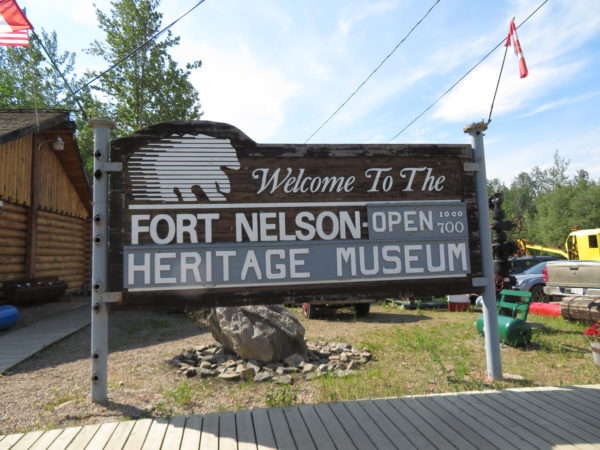
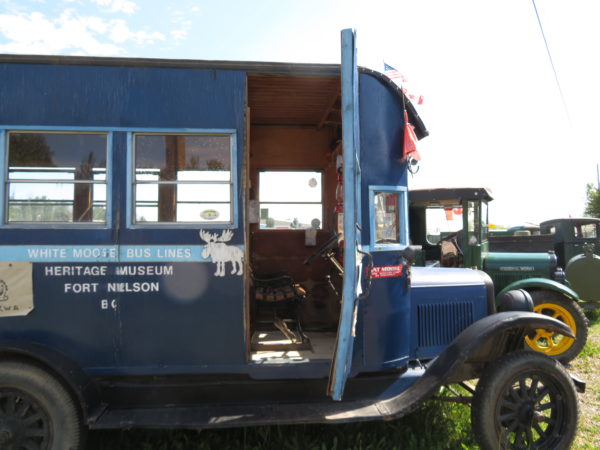
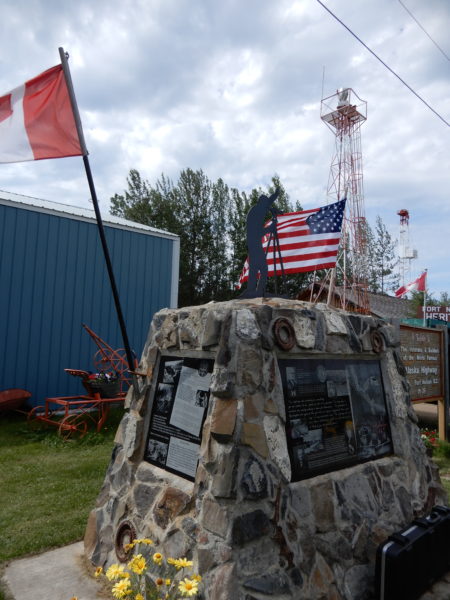
Memorial to the veterans and workers on the Alaska Highway
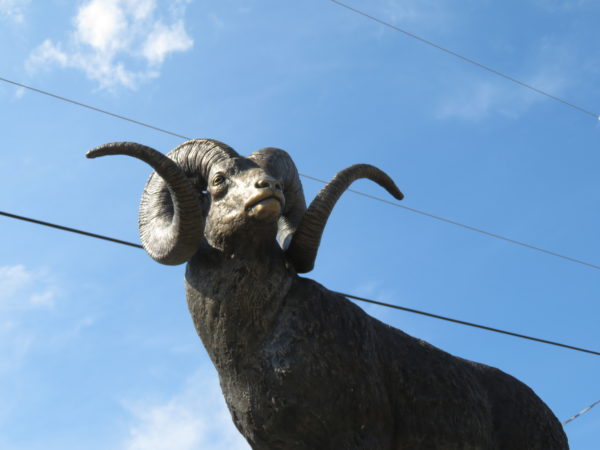
The world record Stone sheep
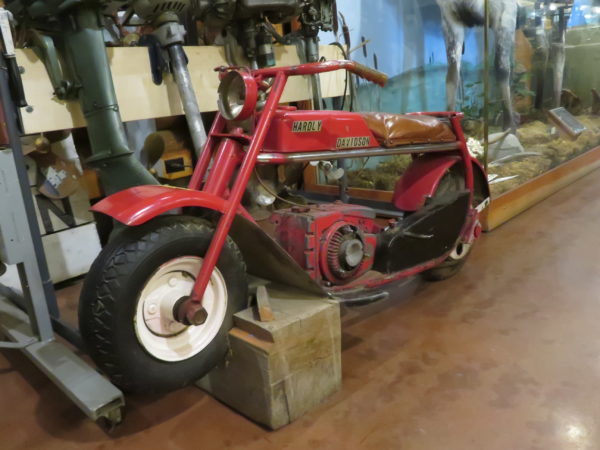
A home-made motorbike named the Hardly Davidson
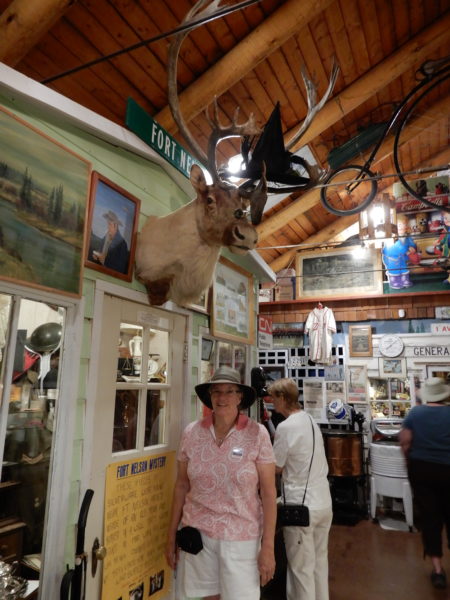
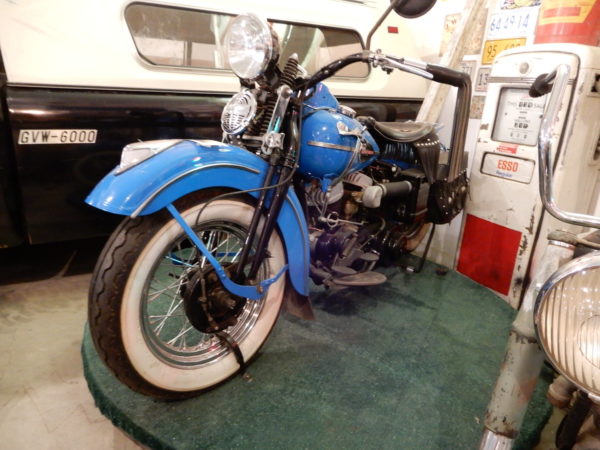
A 1942 Harley with the shifter on the gas tank
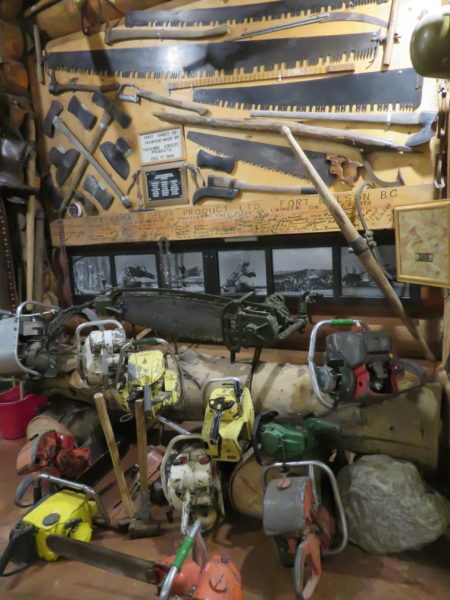
Antique logging equipment
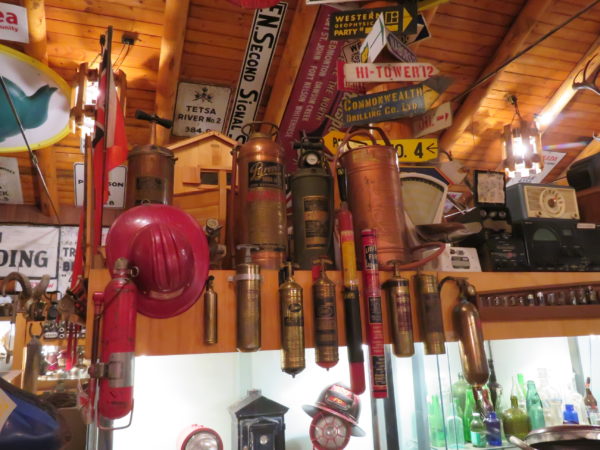
A fire extinguisher collection
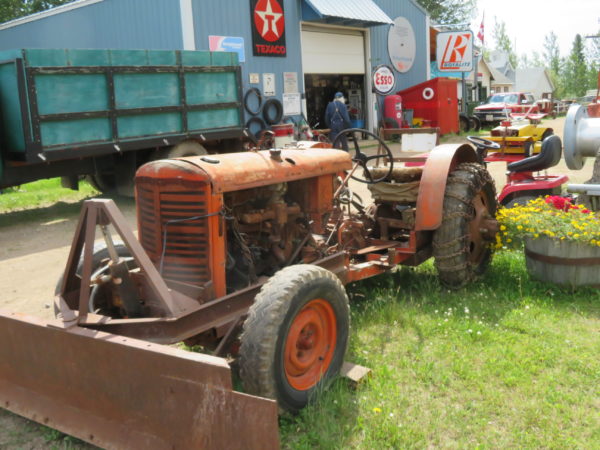
That’s Marl Brown behind the tractor heading over to his antique car collection
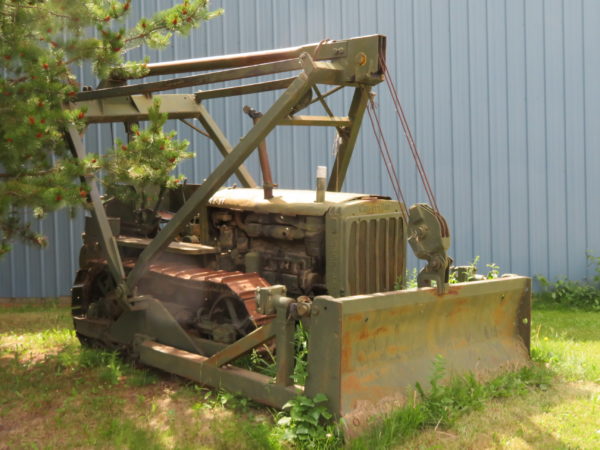
A bulldozer used on the building of the Alaska Highway
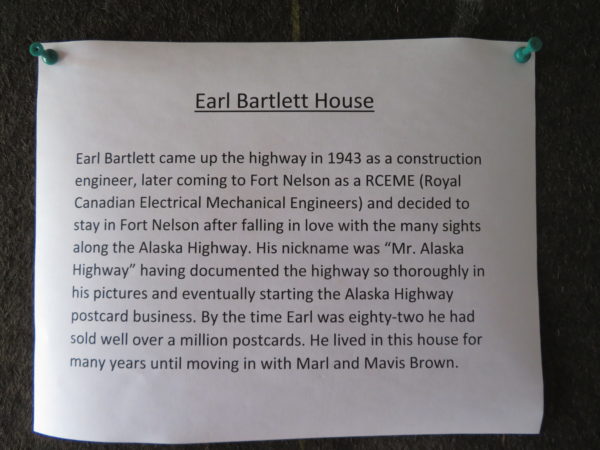
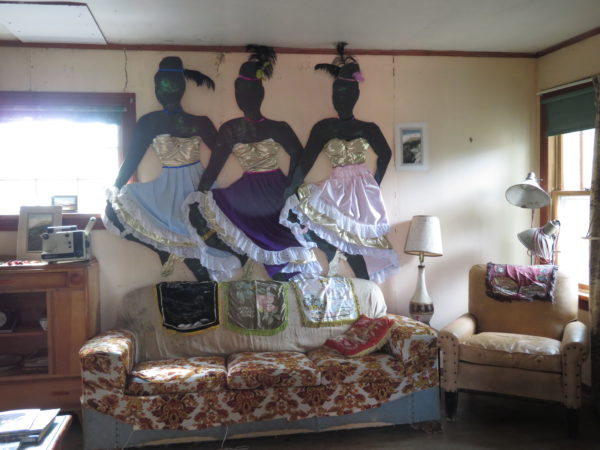
Earl’s living room
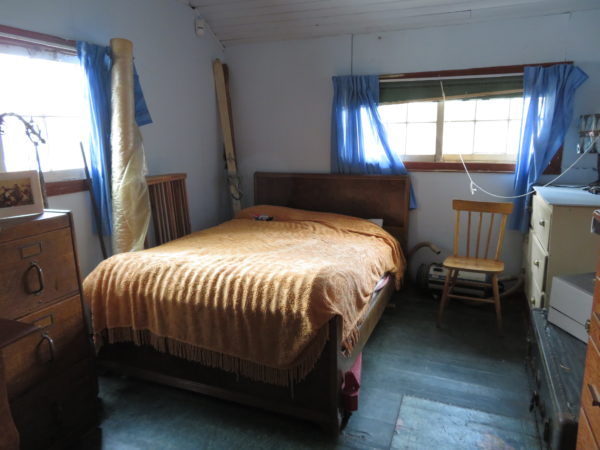
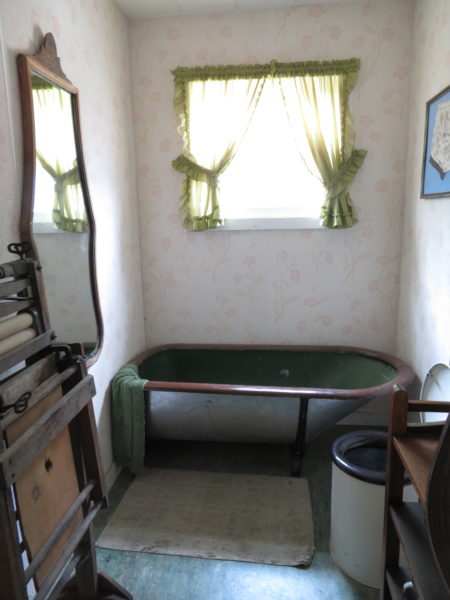
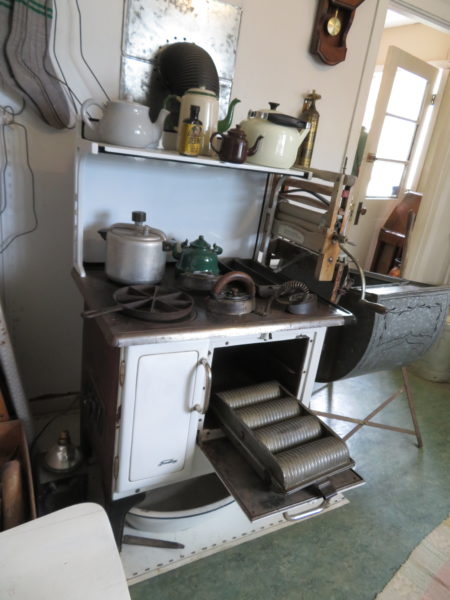
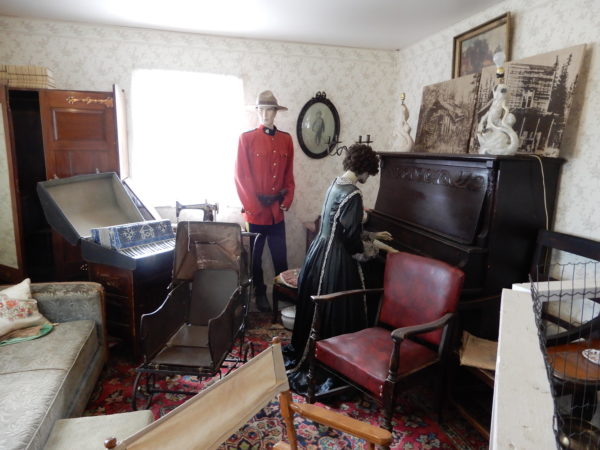
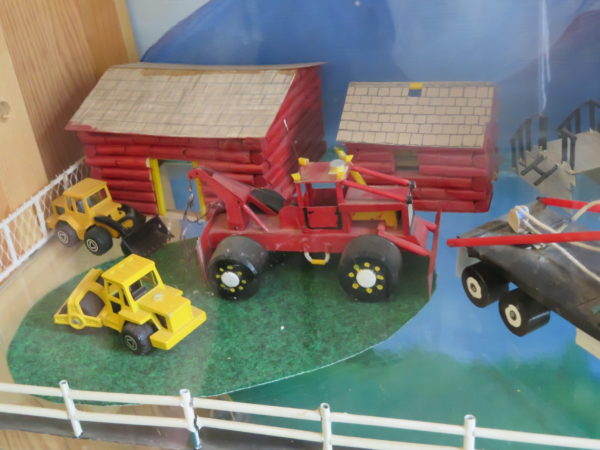
This display was made by local resident Bud Smith out of scraps of cardboard and cigarette filters.
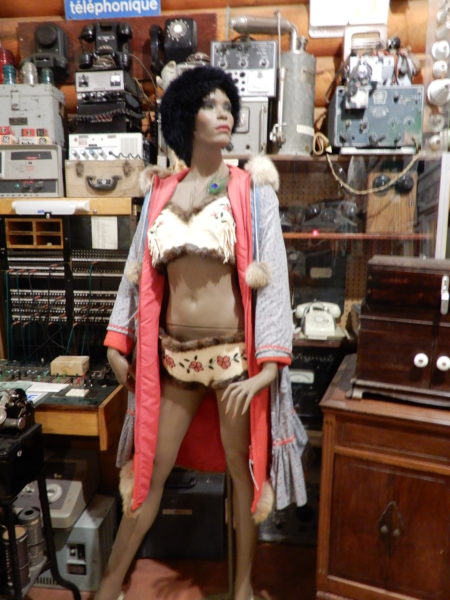
Fur trimmed First Nations underwear
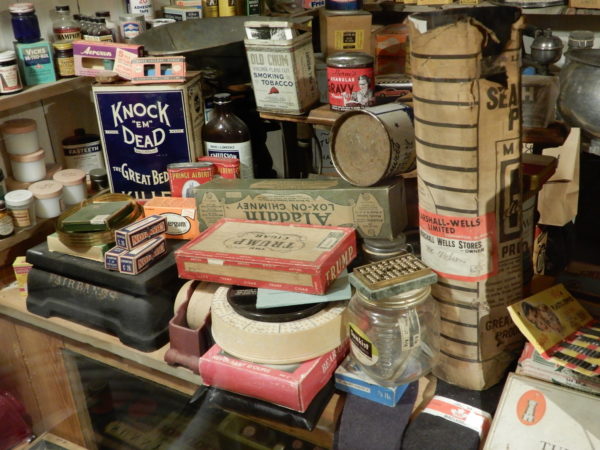
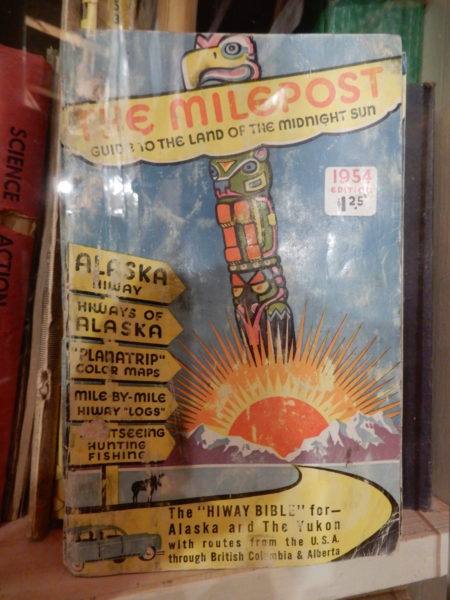
The Milepost guidebook from 1954. Our 2018 edition has proved invaluable.
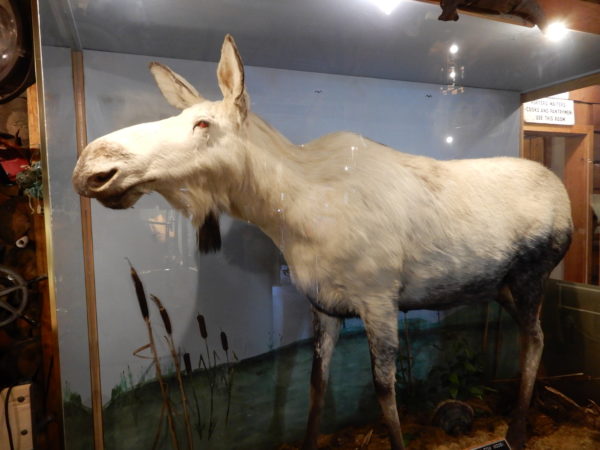
An albino moose
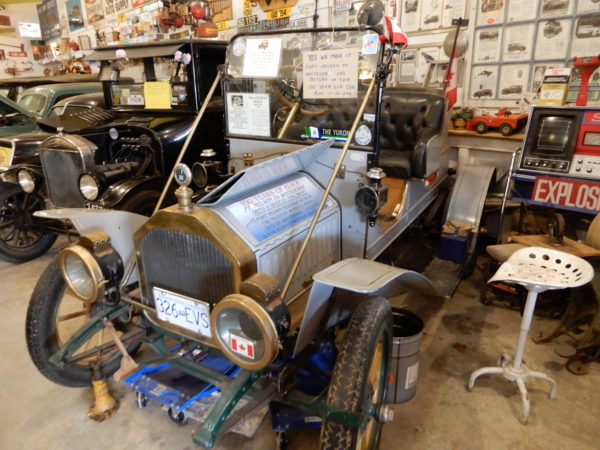
The 1908 Buick that Marl Brown drove to Whitehorse when the car was 100 years old.
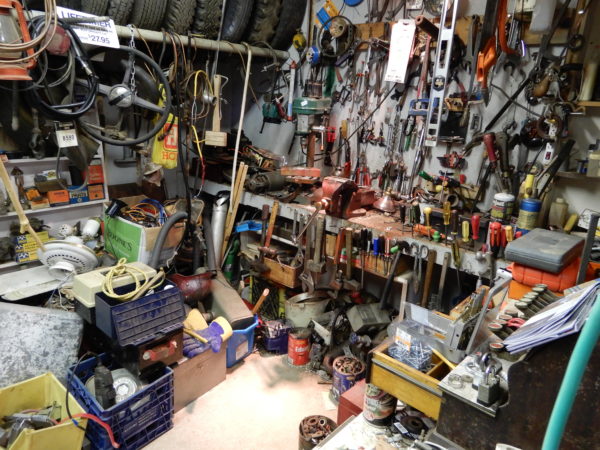
Marl Brown’s workshop and tools he used on his cars and museum.
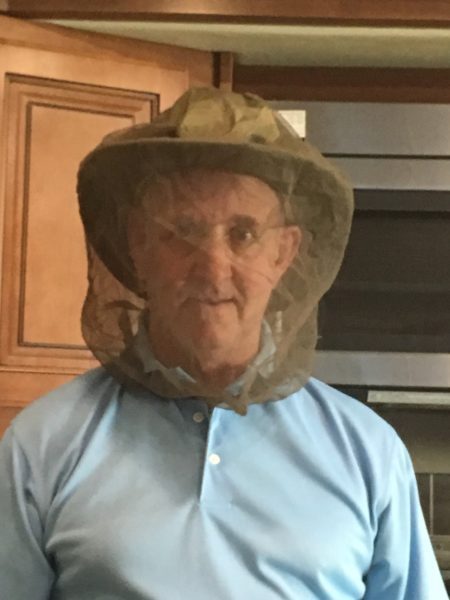
Dave’s mosquito net–bring ’em on!
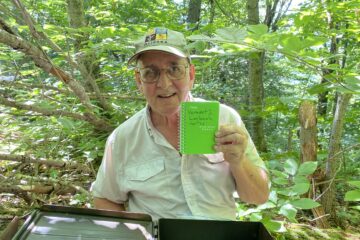
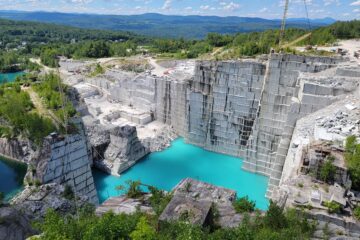
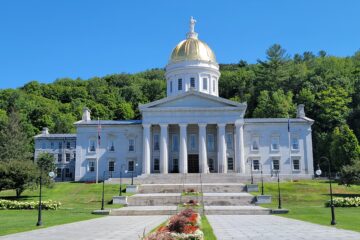
1 Comment
Jay Waters · August 7, 2018 at 2:11 pm
Must be my pioneer spirit; I have an old cast-iron wedge pan like the one on the stove in the museum.